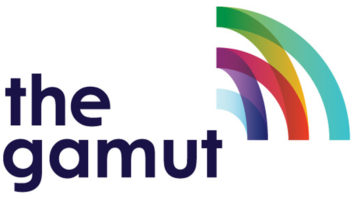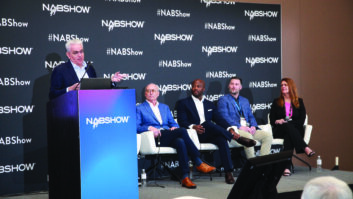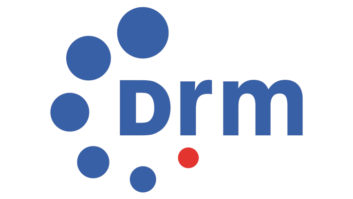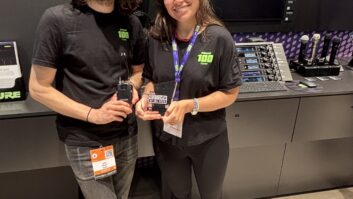WWFD in Frederick, Md., recently concluded the experimental phase of its MA3 HD Radio operation. It has notified the FCC that after five years, it will now continue to operate as a full-time all-digital AM station as is allowed under commission rules.
The author is a senior broadcast engineer and program director for Hubbard Broadcasting. He provides an update for Radio World readers on the experimental work that has been done.
With apologies to Star Trek, this summer WWFD (820 kHz, Frederick, Md.) completed its “five-year mission” of testing the all-digital HD mode of AM broadcasting known as MA3.
On July 31, we submitted a Digital Notification to the FCC, transitioning the station from digital operations under Experimental Authority to normal licensed operations. Up to almost the very last day, WWFD was working with Xperi Corp. to support as much field testing as possible.
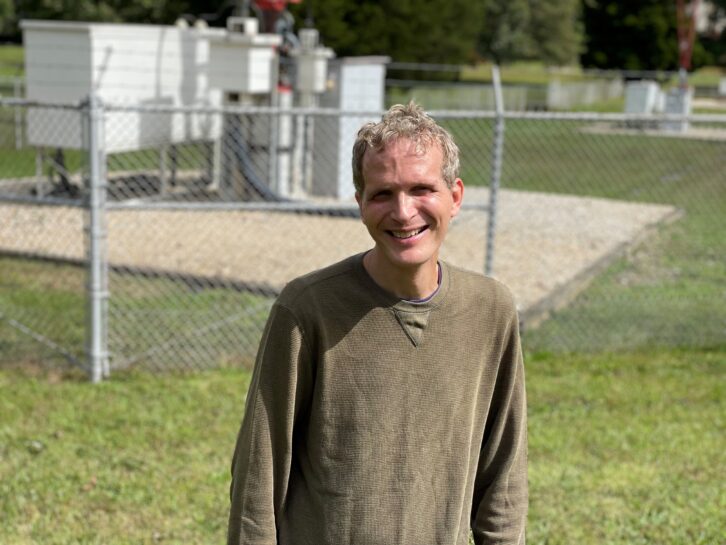
So what were we doing?
In a few of our papers and presentations at the NAB BEIT Conference, Mike Raide of Xperi and I have noted that the Reference Carrier in the MA3 waveform accounts for approximately 38% of the transmitted power in the waveform.
While this carrier is necessary for coherent reception of the signal constellations in the OFDM (Orthogonal Frequency Division Multiplex) signal, could power savings be achieved by reducing the level of this carrier, and at what cost? Would fringe coverage or fast receiver acquisition (the ability of a receiver to lock on to an MA3 signal and output audio within one frame, or about 1.4 seconds) be compromised?
These are issues best examined in field trials, and WWFD’s proximity to the Xperi offices in Columbia, Md., make it the logical platform for drive tests.
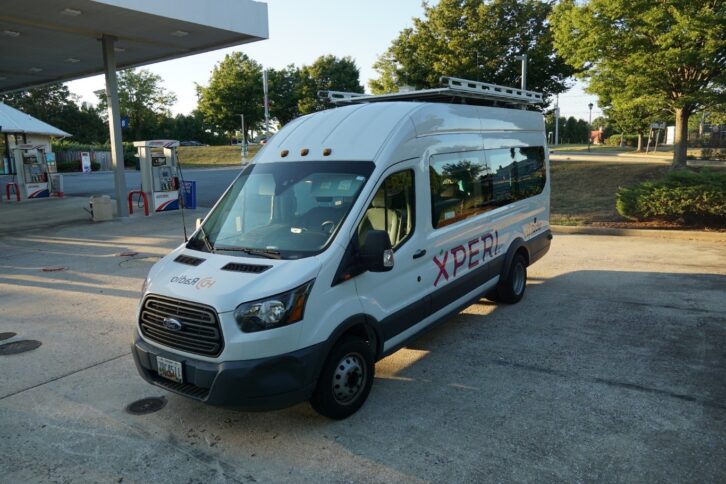
Jeff Baird and Paul Peyla of Xperi created some RF recordings of WWFD, and modified them to reduce the Reference Carrier level by 6 dB. (Theory and laboratory tests indicate that this value would offer the maximum benefit of power savings with the minimum amount of signal degradation.)
Retransmitting these RF recordings required some creativity, and a solution was devised: A PC would play back the recordings into a sound card with a high AES sampling rate (near 200 kHz), and the output of that card would be fed into the AES3 audio input of the main transmitter (Nautel NX-5). This bypasses the Exgine card and demonstrates a new method of MA3 signal generation, as not only can a previously recorded RF signal be played back (retransmitted), but new RF vectors can be (and were) generated for transmission using this same method. Design engineers, imagine the possibilities!
With the MA3 signal generation question resolved, it was time to go out into the field and do drive tests.
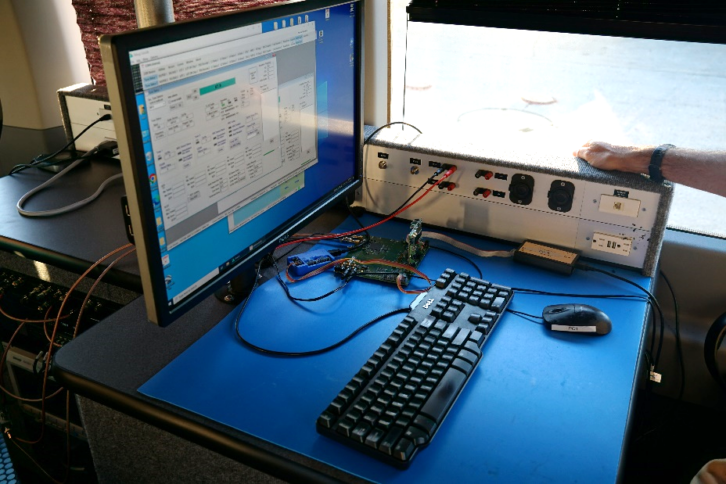
WWFD’s coverage area makes an excellent test bed for signal characterization: There are mountains (the Appalachians) to the west, a fertile valley with excellent ground conductivity to the northeast in Pennsylvania, the urban core of Frederick (its city of license), flat open terrain to the east, and two major metropolitan areas in its fringe reception area (Washington and Baltimore).
Such varied conditions provide many options for testing signal robustness and receiver acquisition. The best way to compare different test scenarios is to use the same driving route (with similar conditions: time of day, weather, etc.) and log the audio availability as a function of distance covered. This “percent audio availability” could then be used to compare the reliability of each Reference Carrier level scenario (including a normal MA3 signal) on each predetermined test route.
The test results will be presented at the 2024 Broadcast Engineering and IT Conference next spring, but are very promising: In all test runs, Core reception (Primary Carriers) was reduced by no more than 5.8%, and Enhanced reception (Secondary and Tertiary Carriers) was reduced by no more than 4.3%.
While this is a measurable effect, and the power savings would be modest, why would a station go through the trouble of reducing the power of its Reference Carrier?
A high-power (50 kW) station may see a reduction in its power bill, which may be beneficial and worth the slight reduction in coverage. However, I would argue that there may be another reason to consider a reduction in the Reference Carrier level, at least for short durations. For this, we must revisit the idea of peak power levels in AM broadcasting.
It is well-known that an AM transmitter needs enough headroom to accommodate power peaks of 6 dB. For WWFD, this means that in its days of analog operation, its 4.3 kW daytime signal would occasionally peak at 17.2 kW. This translates into a corresponding transient power draw (plus overhead to account for transmitter efficiency). This matters when on emergency generator: WWFD’s generator, an old Onan 20 kW rig, barely handled the analog AM transmitter when on day power. With MA3 operations, even with Peak To Average Power Reduction (PAPR) algorithms in place, the 6 dB overhead figure still becomes 8.2 dB.
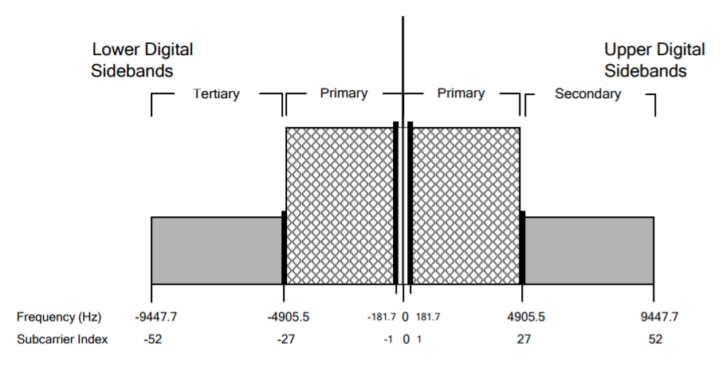
That means that the peak (transient) power of our digital transmissions hits just above 28 kW! The generator becomes unstable, and we have had to cut to night power (our next lower preset) just to stabilize the generator during utility outages.
With a modified Reference Carrier level, we may be able to find a “sweet spot” where we would only have to modestly reduce our digital carrier power so as to make the generator happy once again. Generators are capital expense items, and I’m going to have a much easier time setting up a “genset preset” for the transmitter, actuated by the remote control, than I would be trying to convince management to invest in a new generator. The reduction in coverage under such a scenario may be barely perceptible, and such a scenario may demonstrate the utility of (temporarily) reducing the Reference Carrier.
At this point, it may be useful to ask: If we can successfully reduce the Reference Carrier power without significantly compromising signal coverage, can we trade that for power increases for the Core or Enhanced carriers?
Such an idea would be subject to the restrictions of NRSC emissions masks, but the idea should not be overlooked. MA3 coverage has already been shown to work better than analog in most Electric Vehicles (EVs), but any enhancements to the robustness of AM reception in these vehicles of the future should be seriously considered. Such testing would once again require WWFD to operate under Experimental Authority, and I would be totally in favor of doing that, as I have a strong personal belief that if the AM band is going to stay relevant for years in the future, it has to get to digital.
MA3 operation solves the dual problem of poor audio quality and lack of metadata that all analog AM users experience. You can mandate that cars have analog AM tuners, but that doesn’t mean that anyone has to listen to them. It’s the same with digital, but at least there AM is put on a more even playing field with other services in the car dashboard.
The idea of taking WWFD all-digital occurred to me around Christmastime 2016. I had not anticipated that seeing that project through would raise new possibilities for improving the AM service as a whole, and be a viable technical solution for reception in EVs. I’m happy to have had the station be used as a test platform for ideas on improving digital transmission and AM broadcasting in general, and welcome its continued role in that discussion.
